I am in the process of estimating the fixed effect of panel data using the Python statsmodel package.
First, the data used in the analysis include X and Y observed over time with several companies. Below are some examples from the actual data, but originally, there is a Balanced Panel of about 5,000 companies' one-year data.
| date | firm | X1 | X2 | X3 | Y |
|:---------- |:----:|:--:|:--:|:--:|--:|
| 2021-01-01 | A | 1 | 4 | 1 | 10|
| 2021-01-02 | A | 2 | 7 | 0 | 21|
| 2021-01-03 | A | 4 | 3 | 1 | 12|
| 2021-01-01 | B | 2 | 1 | 0 | 4 |
| 2021-01-02 | B | 3 | 7 | 1 | 9 |
| 2021-01-03 | B | 7 | 1 | 1 | 4 |
When analyzing the fixed effect model that controlled the effect of the company with the code below, the results were well derived without any problems.
mod = PanelOLS.from_formula('Y ~ X1 + X2 + X3 + EntityEffects',
data=df.set_index(['firm', 'date']))
result = mod.fit(cov_type='clustered', cluster_entity=True)
result.summary
[out put]
However, the problem is that the effect of the intercept term is not printed on the result value, so I want to find a way to solve this problem.
Is there an option to force the intercept term to be output?
